|
TF34
The General Electric TF34 is an American military turbofan engine used on the A-10 Thunderbolt II and S-3 Viking. Design and development Developed by GE Aircraft Engines during the late 1960s, the original engine comprises a single stage fan, driven by a 4-stage low pressure (LP) turbine, supercharging a 14-stage high pressure (HP) compressor, driven by a 2-stage HP turbine. An annular combustor is featured. The TF34-GE-400A is rated at 9,275 lbf (41.26 kN) static thrust. The civilian variant, the CF34, is used on a number of business and regional jets. Variants ;TF34-GE-2 Initial variant for Lockheed S-3, entered production in August 1972. ;TF34-GE-100 Variant for Fairchild A-10A, first flown in A-10 during May 1972. Production began in October 1974. ;TF34-GE-400A Improved version of GE-2 for Lockheed S-3. Applications * Fairchild Republic A-10 Thunderbolt II * Lockheed S-3 Viking * Lockheed Martin RQ-170 Sentinel * Sikorsky S-72 The Sikorsky S-72 was an ... [...More Info...] [...Related Items...] OR: [Wikipedia] [Google] [Baidu] |
General Electric CF34
The General Electric CF34 is a civilian high-bypass turbofan developed by GE Aircraft Engines from its TF34 military engine. The CF34 is used on a number of business and regional jets, including the Bombardier CRJ series, the Embraer E-Jets, and Comac ARJ21. In 2012, there were 5,600 engines in service. Design and development The original engine contained a single stage fan driven by a 4-stage low pressure (LP) turbine, supercharging a 14-stage HP compressor driven by a 2-stage high pressure (HP) turbine, with an annular combustor. Later higher thrust versions of the CF34 feature an advanced technology core, with only 10 HP compressor stages. Latest variants, the and , were derived from the CFM56 engine family, and have a radically different HP spool, containing a 9-stage compressor driven by a single stage turbine. The LP spool has 3 core booster stages behind the fan. Static thrust is for the variant. On wing times can reach 14,000 hours, an overhaul costs ov ... [...More Info...] [...Related Items...] OR: [Wikipedia] [Google] [Baidu] |
GE Aviation
GE Aviation, a subsidiary of General Electric, is headquartered in Evendale, Ohio, outside Cincinnati. GE Aviation is among the top aircraft engine suppliers, and offers engines for the majority of commercial aircraft. GE Aviation is part of the General Electric conglomerate, which is one of the world's largest corporations. The division operated under the name of General Electric Aircraft Engines (GEAE) until September 2005. GE Aviation's main competitors in the engine market are Pratt & Whitney and Rolls-Royce. Not only does GE Aviation manufacture engines under its own umbrella, it also partners with other manufacturers. CFM International, the world’s leading supplier of aircraft engines and GE’s most successful partnership, is a 50/50 joint venture with the French company Safran Aircraft Engines. As of 2019, CFM International holds 39% of the world's commercial aircraft engine market share (while GE Aviation itself holds a further 16%). GE and Safran also operate ... [...More Info...] [...Related Items...] OR: [Wikipedia] [Google] [Baidu] |
A-10 Thunderbolt II
The Fairchild Republic A-10 Thunderbolt II is a single-seat, twin-turbofan, straight-wing, subsonic attack aircraft developed by Fairchild Republic for the United States Air Force (USAF). In service since 1976, it is named for the Republic P-47 Thunderbolt, a World War II-era fighter-bomber effective at attacking ground targets, but commonly referred to as the "Warthog" or simply " Hog". The A-10 was designed to provide close air support (CAS) to friendly ground troops by attacking armored vehicles, tanks, and other enemy ground forces; it is the only production-built aircraft designed solely for CAS to have served with the U.S. Air Force. Its secondary mission is to direct other aircraft in attacks on ground targets, a role called forward air controller-airborne; aircraft used primarily in this role are designated OA-10. The A-10 was intended to improve on the performance and firepower of the Douglas A-1 Skyraider. Its airframe was designed for durability, with measures s ... [...More Info...] [...Related Items...] OR: [Wikipedia] [Google] [Baidu] |
Fairchild Republic A-10 Thunderbolt II
The Fairchild Republic A-10 Thunderbolt II is a single-seat, twin-turbofan, straight-wing, subsonic attack aircraft developed by Fairchild Republic for the United States Air Force (USAF). In service since 1976, it is named for the Republic P-47 Thunderbolt, a World War II-era fighter-bomber effective at attacking ground targets, but commonly referred to as the "Warthog" or simply " Hog". The A-10 was designed to provide close air support (CAS) to friendly ground troops by attacking armored vehicles, tanks, and other enemy ground forces; it is the only production-built aircraft designed solely for CAS to have served with the U.S. Air Force. Its secondary mission is to direct other aircraft in attacks on ground targets, a role called forward air controller-airborne; aircraft used primarily in this role are designated OA-10. The A-10 was intended to improve on the performance and firepower of the Douglas A-1 Skyraider. Its airframe was designed for durability, with measu ... [...More Info...] [...Related Items...] OR: [Wikipedia] [Google] [Baidu] |
Lockheed Martin RQ-170 Sentinel
The Lockheed Martin RQ-170 Sentinel is an American unmanned aerial vehicle (UAV) developed by Lockheed Martin and operated by the United States Air Force (USAF) for the Central Intelligence Agency (CIA). While the USAF has released few details on the UAV's design or capabilities, defense analysts believe that it is a stealth aircraft fitted with aerial reconnaissance equipment. Introduced in 2007, it was deployed to Afghanistan in late 2007, and to South Korea two years later, in September 2009. Some images and details of the aircraft were released after Iran captured an RQ-170 in 2011. It has a flying wing design, and uses a single engine, speculated to be either a General Electric TF34 turbofan or a Garrett TFE731. Development The RQ-170 Sentinel was developed by Lockheed Martin's Skunk Works as a stealth unmanned aerial vehicle (UAV). Journalists have noted design similarities between the RQ-170 and previous stealth and UAV programs such as the RQ-3 DarkStar and Polecat. A ... [...More Info...] [...Related Items...] OR: [Wikipedia] [Google] [Baidu] |
S-3 Viking
The Lockheed S-3 Viking is a four-crew, twin-engine turbofan-powered jet aircraft designed and produced by the American aerospace manufacturer Lockheed Corporation. Because of its characteristic sound, it was nicknamed the "War Hoover" after the vacuum cleaner brand. The S-3 was developed in response to the VSX program conducted by the U.S. Navy (USN) to procure a successor anti-submarine warfare (ASW) aircraft to the Grumman S-2 Tracker. It was designed, with assistance from Ling-Temco-Vought (LTV), to be a carrier-based, subsonic, all-weather, long-range, multi-mission aircraft. On 21 January 1972, the prototype ''YS-3A'' performed the type's maiden flight. Upon entering regular service during February 1974, it proved to be a reliable workhorse. In the ASW role, the S-3 carried automated weapons and in-flight refueling gear. Further variants, such as the ''ES-3A Shadow'' carrier-based electronic intelligence (ELINT) platform, and the ''US-3A'' carrier-based utility and ca ... [...More Info...] [...Related Items...] OR: [Wikipedia] [Google] [Baidu] |
Lockheed S-3 Viking
The Lockheed S-3 Viking is a four-crew, twin-engine turbofan-powered jet aircraft designed and produced by the American aerospace manufacturer Lockheed Corporation. Because of its characteristic sound, it was nicknamed the "War Hoover" after the vacuum cleaner brand. The S-3 was developed in response to the VSX program conducted by the U.S. Navy (USN) to procure a successor anti-submarine warfare (ASW) aircraft to the Grumman S-2 Tracker. It was designed, with assistance from Ling-Temco-Vought (LTV), to be a carrier-based, subsonic, all-weather, long-range, multi-mission aircraft. On 21 January 1972, the prototype ''YS-3A'' performed the type's maiden flight. Upon entering regular service during February 1974, it proved to be a reliable workhorse. In the ASW role, the S-3 carried automated weapons and in-flight refueling gear. Further variants, such as the ''ES-3A Shadow'' carrier-based electronic intelligence (ELINT) platform, and the ''US-3A'' carrier-based utility and ca ... [...More Info...] [...Related Items...] OR: [Wikipedia] [Google] [Baidu] |
Sikorsky S-72
The Sikorsky S-72 was an experimental compound helicopter developed by helicopter manufacturer Sikorsky Aircraft. Design and development RSRA The Rotor Systems Research Aircraft (RSRA) was developed by Sikorsky for NASA and the Army. The RSRA was developed to allow the inflight measurement of helicopter rotor characteristics. The airframe was developed using an existing Sikorsky S-61 main rotor, an S-61 roller gearbox, and a highly modified Sikorsky S-67 airframe. The RSRA could be fitted with TF34 turbofans and wings to allow compound helicopter configurations to be experimentally investigated at speeds up to . In addition, it could fly as a fixed-wing aircraft without a main rotor. Unique among helicopters of its time, it was fitted with a crew emergency extraction system. This system, when activated, fired explosive bolts that severed the main rotor blades, escape panels were blown off the roof of the aircraft, then the crew was extracted using rockets. The RSRA was a un ... [...More Info...] [...Related Items...] OR: [Wikipedia] [Google] [Baidu] |
High-bypass Turbofan
The turbofan or fanjet is a type of airbreathing jet engine that is widely used in aircraft propulsion. The word "turbofan" is a portmanteau of "turbine" and "fan": the ''turbo'' portion refers to a gas turbine engine which achieves mechanical energy from combustion, and the ''fan'', a ducted fan that uses the mechanical energy from the gas turbine to force air rearwards. Thus, whereas all the air taken in by a turbojet passes through the combustion chamber and turbines, in a turbofan some of that air bypasses these components. A turbofan thus can be thought of as a turbojet being used to drive a ducted fan, with both of these contributing to the thrust. The ratio of the mass-flow of air bypassing the engine core to the mass-flow of air passing through the core is referred to as the bypass ratio. The engine produces thrust through a combination of these two portions working together; engines that use more jet thrust relative to fan thrust are known as ''low-bypass turbofans'' ... [...More Info...] [...Related Items...] OR: [Wikipedia] [Google] [Baidu] |
Turbofan
The turbofan or fanjet is a type of airbreathing jet engine that is widely used in aircraft propulsion. The word "turbofan" is a portmanteau of "turbine" and "fan": the ''turbo'' portion refers to a gas turbine engine which achieves mechanical energy from combustion, and the ''fan'', a ducted fan that uses the mechanical energy from the gas turbine to force air rearwards. Thus, whereas all the air taken in by a turbojet passes through the combustion chamber and turbines, in a turbofan some of that air bypasses these components. A turbofan thus can be thought of as a turbojet being used to drive a ducted fan, with both of these contributing to the thrust. The ratio of the mass-flow of air bypassing the engine core to the mass-flow of air passing through the core is referred to as the bypass ratio. The engine produces thrust through a combination of these two portions working together; engines that use more jet thrust relative to fan thrust are known as ''low-bypass turbofans' ... [...More Info...] [...Related Items...] OR: [Wikipedia] [Google] [Baidu] |
Turbofan
The turbofan or fanjet is a type of airbreathing jet engine that is widely used in aircraft propulsion. The word "turbofan" is a portmanteau of "turbine" and "fan": the ''turbo'' portion refers to a gas turbine engine which achieves mechanical energy from combustion, and the ''fan'', a ducted fan that uses the mechanical energy from the gas turbine to force air rearwards. Thus, whereas all the air taken in by a turbojet passes through the combustion chamber and turbines, in a turbofan some of that air bypasses these components. A turbofan thus can be thought of as a turbojet being used to drive a ducted fan, with both of these contributing to the thrust. The ratio of the mass-flow of air bypassing the engine core to the mass-flow of air passing through the core is referred to as the bypass ratio. The engine produces thrust through a combination of these two portions working together; engines that use more jet thrust relative to fan thrust are known as ''low-bypass turbofans' ... [...More Info...] [...Related Items...] OR: [Wikipedia] [Google] [Baidu] |
List Of Aircraft Engines
This is an alphabetical list of aircraft engines by manufacturer. 0–9 2si *2si 215 *2si 230 * 2si 430 *2si 460 *2si 500 * 2si 540 * 2si 690 3W ''Source: RMV'' *3W 106iB2 *3W-110 *3W-112 *3W-170 *3W-210 *3W-220 A Abadal (Francisco Serramalera Abadal) *Abadal Y-12 350/400 hp ABC ''Source: Lumsden.'' * ABC 8 hp * ABC 30hp V-4 * ABC 45hp V-6 * ABC 60hp V-8 * ABC 85hp V-6 * ABC 100hp V-8 * ABC 115 hp * ABC 170hp V-12 * ABC 225hp V-16 * ABC Dragonfly *ABC Gadfly * ABC Gnat * ABC Hornet * ABC Mosquito * ABC Scorpion * ABC Wasp *ABC type 10 APU *ABC type 11 APU ABECO ''Source: RMV'' *ABECO GEM Aberg ''Source: RMV'' *Type Sklenar ABLE ''Source: RMV'', Able Experimental Aircraft Engine Co. (Able Experimental Aircraft Engine Co., Altimizer, Hoverhawk (US)) *ABLE 2275 *ABLE 2500 *ABLE VW x 2 Geared Drive Accurate Automation Corp *Accurate Automation AT-1500 *Accurate Automation AT-1700 Ace (Ace American Engr Corp, Horace Keane Aeroplane Co, North ... [...More Info...] [...Related Items...] OR: [Wikipedia] [Google] [Baidu] |
.jpg)
_(7911148090).jpg)
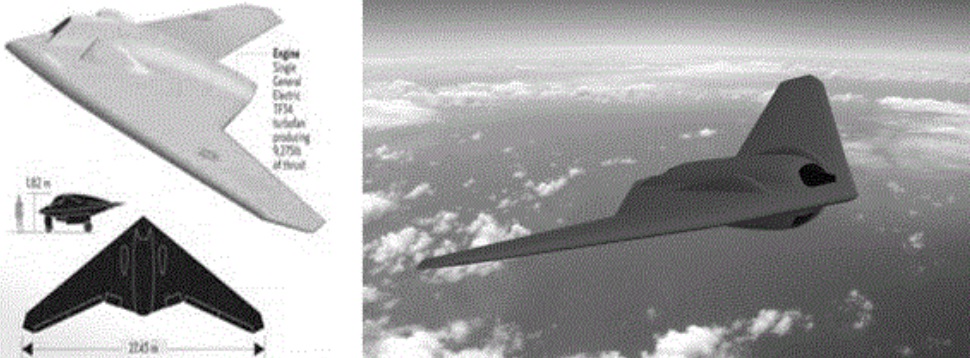
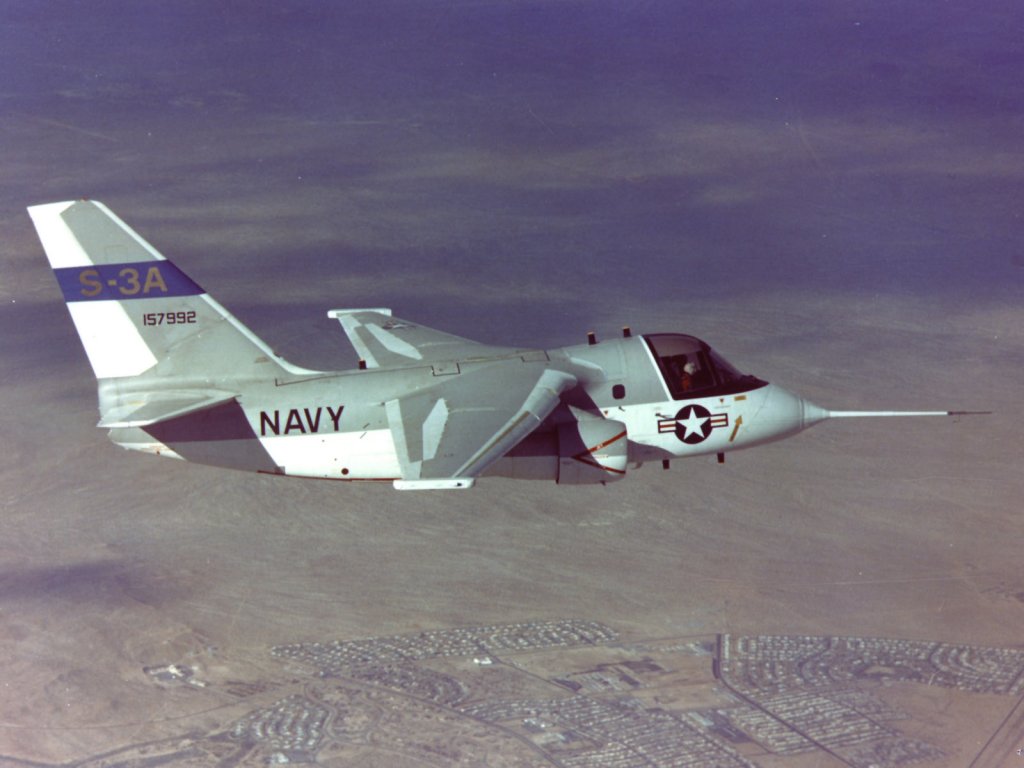
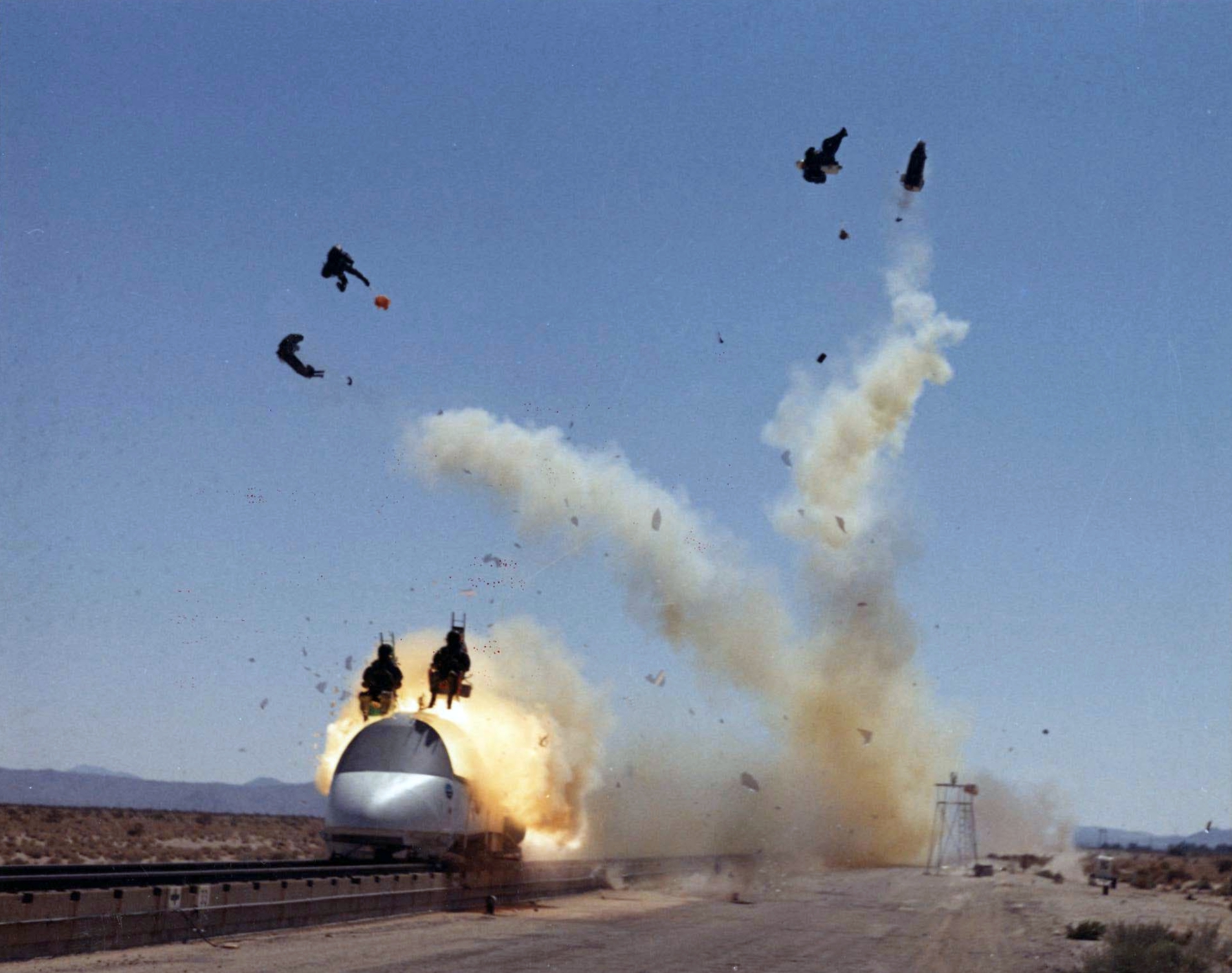
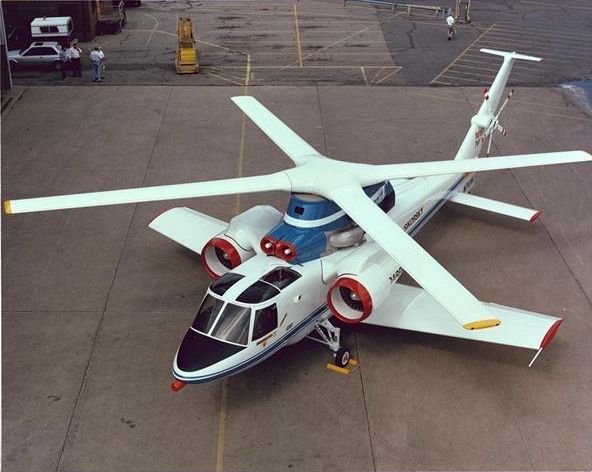

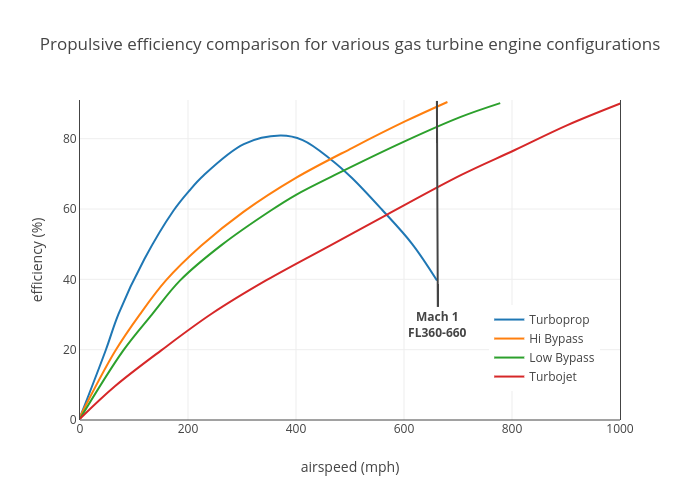
.jpg)
